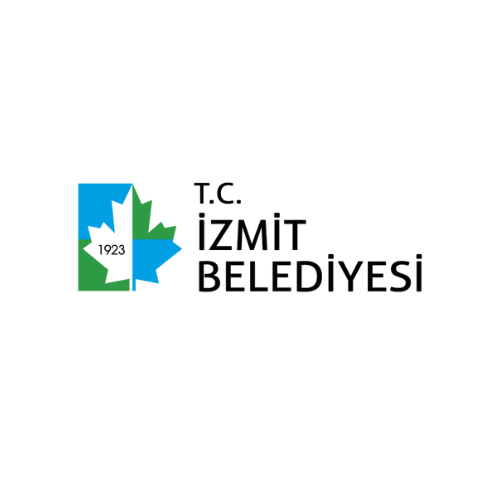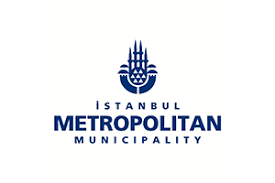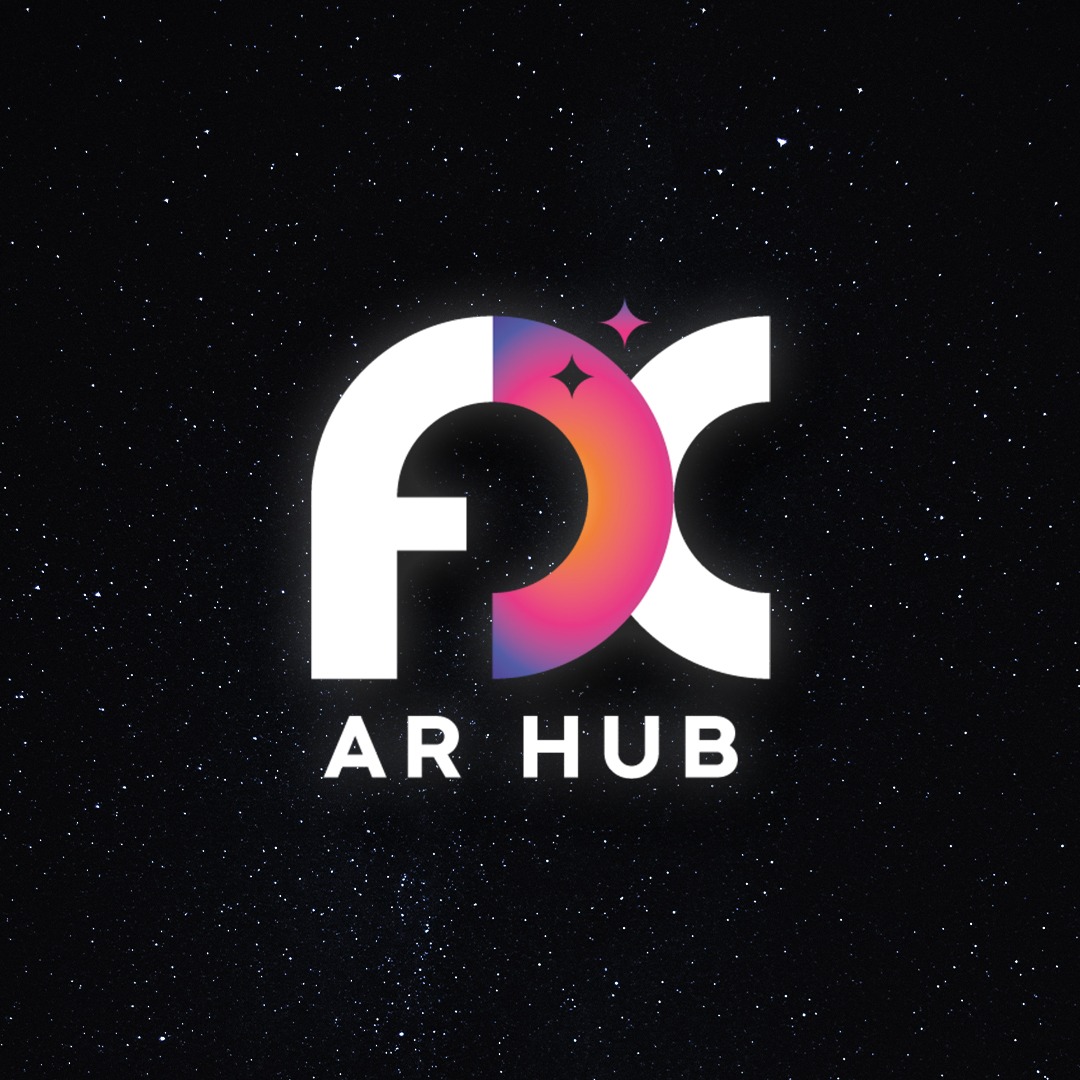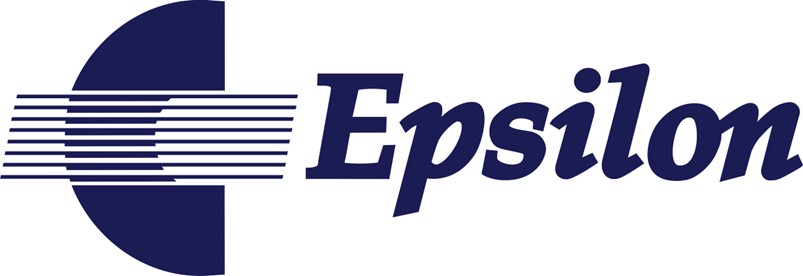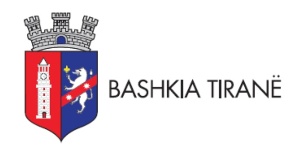Institute for Seismic Resistant Structures & Climate Change
is a unique institution that converts scientific knowledge into attractive engineering solutions.
Departments of ISOGKP
Yellow, Blue & Green Institute together with the sun, wind, and water
The main research areas of the institute are the seismic safety of buildings and climate change, which is why the institute is called the Institute for Seismic Resistant Structures and Climate Change (ISOGKP). The institute is dedicated to investigating environmental hazards that are associated with climate change and pollution. In addition, the institute is focused on reducing the reliance on fossil fuels and promoting the use of renewable energy sources such as solar power, wind power, and hydropower.
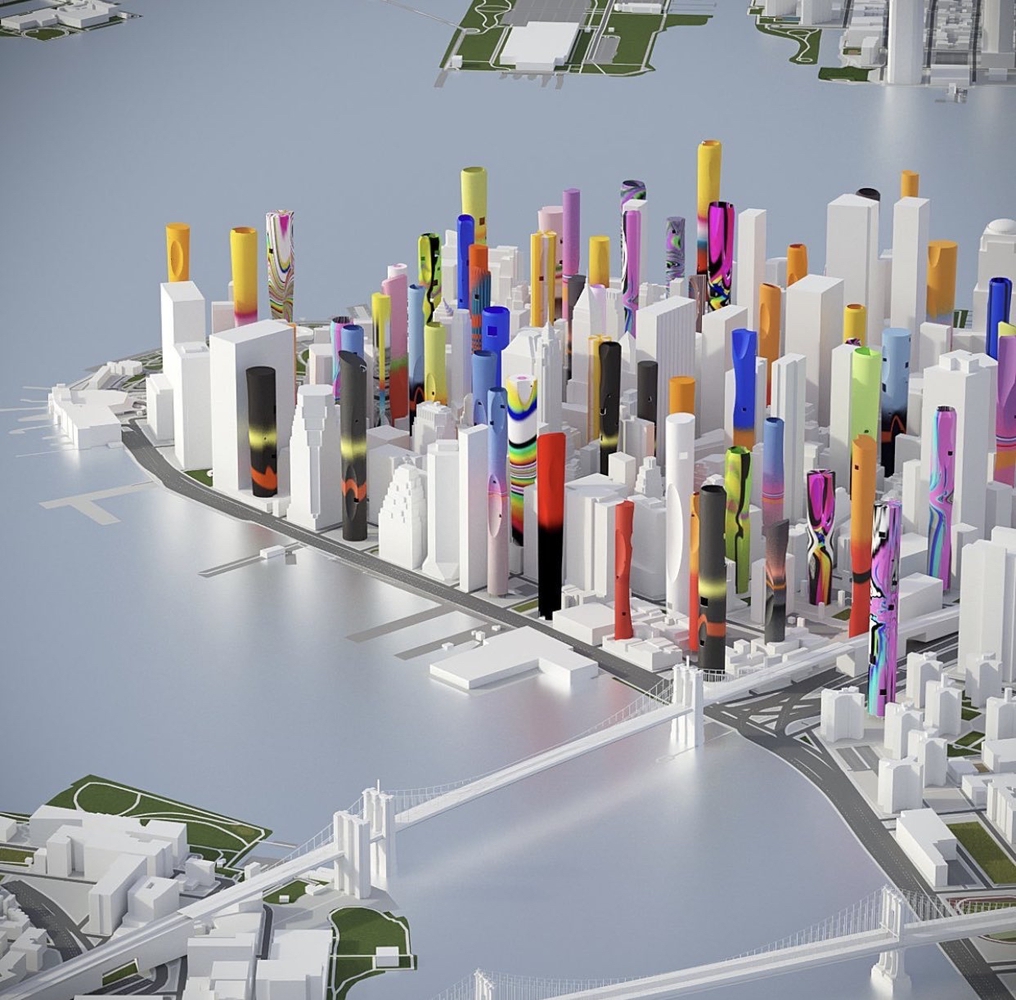
Latest Episode
A Net Zero Carbon Cities'initiative
is to establish an ecosystem for urban decarbonization and resilience, which is built on the principles of clean electrification, circularity, and urban decarbonization. By facilitating public-private collaborations, the research aims to bridge the gap between the energy, built environment, and transportation sectors.
Our Vision is to Create Seismic Resistant
& Green Cities
Young members of our team

Earthquake Engineering Expert
Dragana Banovska, BSc
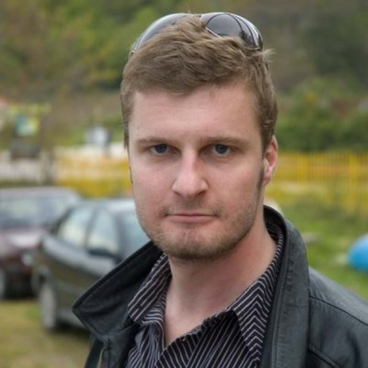
Specialist in financial planning
Ognen Garevski, MSc

Earthquake Engineering Expert
Marina Kordoska, MSc
earthquake data improveMENT
Do You Remember It ?
A new method of collecting earthquake data is being developed by ISOGKP called DYRI. A key assumption of the technique is that the memories of people who survived catastrophic earthquakes are never erased.
As a result of the DYRI, we can get valuable information about past catastrophic earthquakes, as well as the rationality of the people who experienced them.
ISOGKP’s first pilot project to test its DYRI method has been conducted on the catastrophic earthquakes that occurred in 1963 in Skopje (M = 6.1), 1977 in Vrancea (M = 7.2), 1979 in Montenegro (M = 7.3) and 1988 in Spitak (M=7.6), Armenia.
Disaster-Resilient Society 2022 (HORIZON-CL3-2022-DRS-01)
In accordance with Call: Horizon-CL3-2022-DRS-01-04—Better understanding of citizens’ behavioral and psychological reactions in the event of a disaster or crisis situation, ISOGKP as coordinator submitted an offer for a project entitled “Use of Social Networks to Scan And Improve Citizen Behavior During Disasters” . 11 more institutions from EU countries and associated countries will take part in the project.
In 2021 alone, 432 catastrophic events occurred. Reducing the number of victims depends mostly on educating residents on how to respond to disasters.
To successfully prepare a disaster management plan, policymakers and government officials must understand how their citizens react to disasters. The most effective and reliable way to understand people’s behavior in the face of a disaster is by interviewing witnesses to such events.
Having in mind our past experience with DYRI, we expect to receive answers from a large number of responders. The detailed analysis of the reports is expected to provide valuable outcomes on the population’s level of awareness and preparedness to protect itself from future disasters.
We should point out that the main tool that we will use in our project for data harvesting will be DYRI through Google form, and Facebook since this network has an incomparably larger number of users than any other social network.
The goal of the project is not only to find out how people behave during catastrophic events, but also how to train them to act before, during, and after a disaster. Therefore, the promising way for mass, distance learning of the population will be considered. Attention will be devoted to the use of online training through the creation of the E-Learning Course for the Prevention of Natural Catastrophes and Climate Change (CC).
For the first time in a European project, Virtual Reality and Serious Games software for earthquake preparedness training is proposed as а novel and effective alternative that will help overcome the limitations of traditional training approaches. This emerging technology allows participants (adults and children) to be exposed to more realistic evacuation scenarios to investigate human behavior.
Our Partners
It is our trademark to complete projects quickly and with high quality
